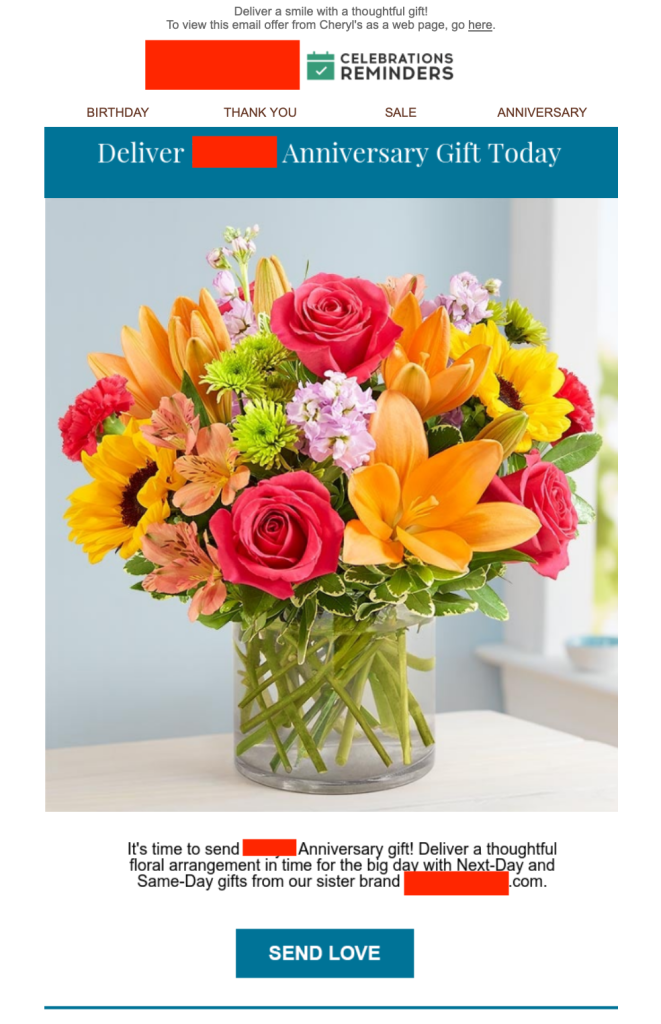The Problem with Personalization
There are many articles, videos, courses, and posts about the importance of personalization in marketing. Personalization is touted as being more effective in eliciting a response from a prospect or customer. This is intuitively true, as well as supported by response data.
That said, personalization can also be like humor… when it doesn’t go right, it goes really badly. That’s why the best advice on humor is to be very careful using humor when selling to make sure the joke won’t be on you.
Intent (or buying intent) data is now being promoted to increase effectiveness of personalized offers and messaging. By gathering data of online usage of a consumer, intent data predicts what the customer is likely to do next. If the signals suggest a purchase is likely or more information/research is required, the marketer can provide a message that fits the most likely scenario. For instance intent data that shows the consumer looking at product options may prompt an ad or email to the customer that specifies benefits or offers a discount.
But When the Data is Wrong
Below is an email I received from an online retailer after a purchase of a business gift for a business customer (the gift was not flowers). The customer’s name who received the business gift was listed twice in the email along with information that it is time to send this guy an anniversary bouquet of flowers. Whether intent data or some other sort of data snafu, this email made some big mistakes with the offer and the messaging.
- I don’t know the customer’s anniversary (work or marriage or any other anniversary),
- Even if I did I wouldn’t send flowers,
- I just sent a gift to this customer, who would send another one so soon for any reason (including an anniversary)?
- Is it appropriate for me to “Send Love” to a business customer as the button suggests?
- It’s just plain creepy to get an email about personal (assuming they mean wedding anniversary) information when the relationship is a business relationship. How do they know his anniversary? Why are they telling me?
It’s data gone bad…whether a cross-polination between data points that shouldn’t have been connected, or just a misapplication of a template in the marketing automation software.
How the Customer Feels and Reacts
Either way, the result is not just that they won’t be making a sale of anniversary flowers to me, but that this message undercuts what was a good buying experience. It makes the reader (me!) much less likely to use this platform again. Bad messaging like this can mean that satisfaction scores drop, confidence wanes, and customers start to look for an alternative source for their purchases.
For prospects, bad data will immediately end reception of a message. Say you get an email but your name is not correct. Personalization with your name hurts the credibility of the message. Reactions are like to be less than positive.
- “Oh a robot or AI put this message out.”
- “You’d think they could at least get my name right!”
- “Click.” (prospect hitting delete key on email)
The results of a blind, not personalized message might have had a better result in such a case.
Start with the Data Wash
Customization and personalization can drive better results. In my experience, databases are not clean and need to be vetted thoroughly as the first step in the process of moving to personalization. It is a tedious, if not difficult, task to confirm our data is as correct as it can be and that external third-party data is valid and appropriate. Still, it is a critical process in order to have confidence that we are increasing (and not gutting) our chances for success.
SLEckert
Update: read our blog about cleaning up your data.


